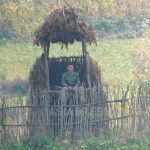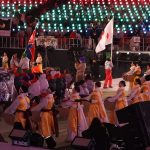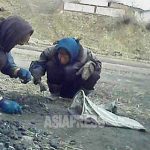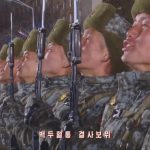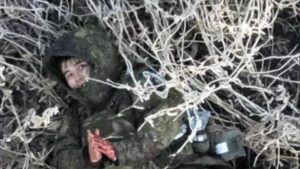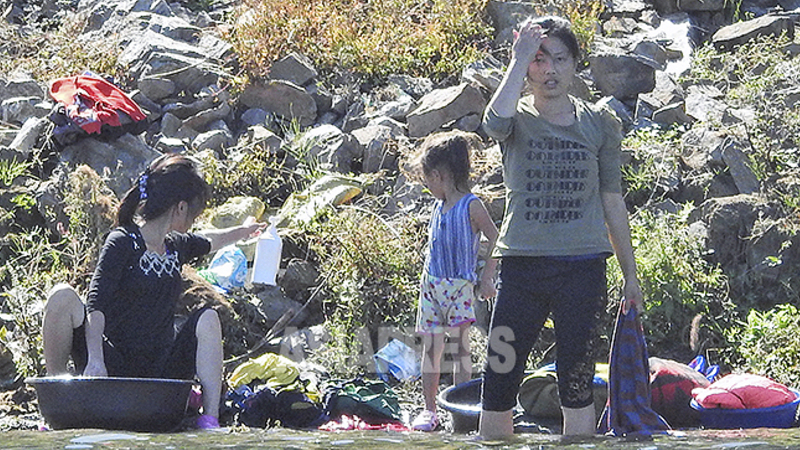
The intense heatwave sweeping East Asia this summer has not spared North Korea. In Hamhung, South Hamgyong Province, the country's second-largest city, many residents are sleeping outdoors in public stadiums due to the unbearable heat in their homes. This information comes from a reporting partner in the northern region, who relatives in Hamhung on August 14. (ISHIMARU Jiro/KANG Ji-won)
◆Makeshift Sleeping Arrangements and Rental Services
Historically, Hamhung's coastal location has provided a moderate summer climate. South Korean Meteorological Administration data shows that from 1999 to 2020, Hamhung's average August temperatures ranged from 19.9°C to 28.1°C. However, this summer, temperatures frequently exceeded 30°C, sometimes reaching 35°C, according to The Weather Channel.
The lack of air conditioning in most North Korean homes and power shortages limiting fan usage have forced many to seek relief outdoors. Around 4 PM daily, elderly residents set up mats in shaded areas of public stadiums. People can secure a sleeping spot for a fee of 1,000 North Korean won (about 97 South Korean won). An additional 1,000 won provides a rental mosquito net. Even the unemployed and ‘Kojebi’(homeless) have joined this nightly exodus.
These elderly organizers, facing financial hardships, have turned this situation into a small business opportunity, selling water, bread, and beer to the heat-stricken crowd.
◆Adapting Work Schedules to Beat the Heat
In Hyesan, Ryanggang Province, residents are finding different ways to cope. Many create sleeping spaces in yards, on roofs, or in warehouses.
To address the daytime heat, workplaces have adjusted their hours. Morning shifts run from 5 AM to 10 AM, while afternoon shifts operate from 4 PM to 7 PM.
Government offices sometimes rest from 10 AM to 3 PM, operating in the early morning or night hours. Police have reduced daytime patrols, opting for stationary posts during peak heat hours.
Hyesan recently experienced a power outage due to heavy rains, but electricity was restored recently. Current power supply schedules allocate 4-5 hours daily for industrial lines, 1-2 hours for residential lines, and about 3 hours for Hyesan city center.
To conserve energy, authorities are cracking down on individuals using industrial power to produce and sell ice.
※ North Korea distinguishes between industrial power lines (for official use) and residential lines (for households).
※ ASIAPRESS communicates with its reporting partners through Chinese cell phones smuggled into North Korea.
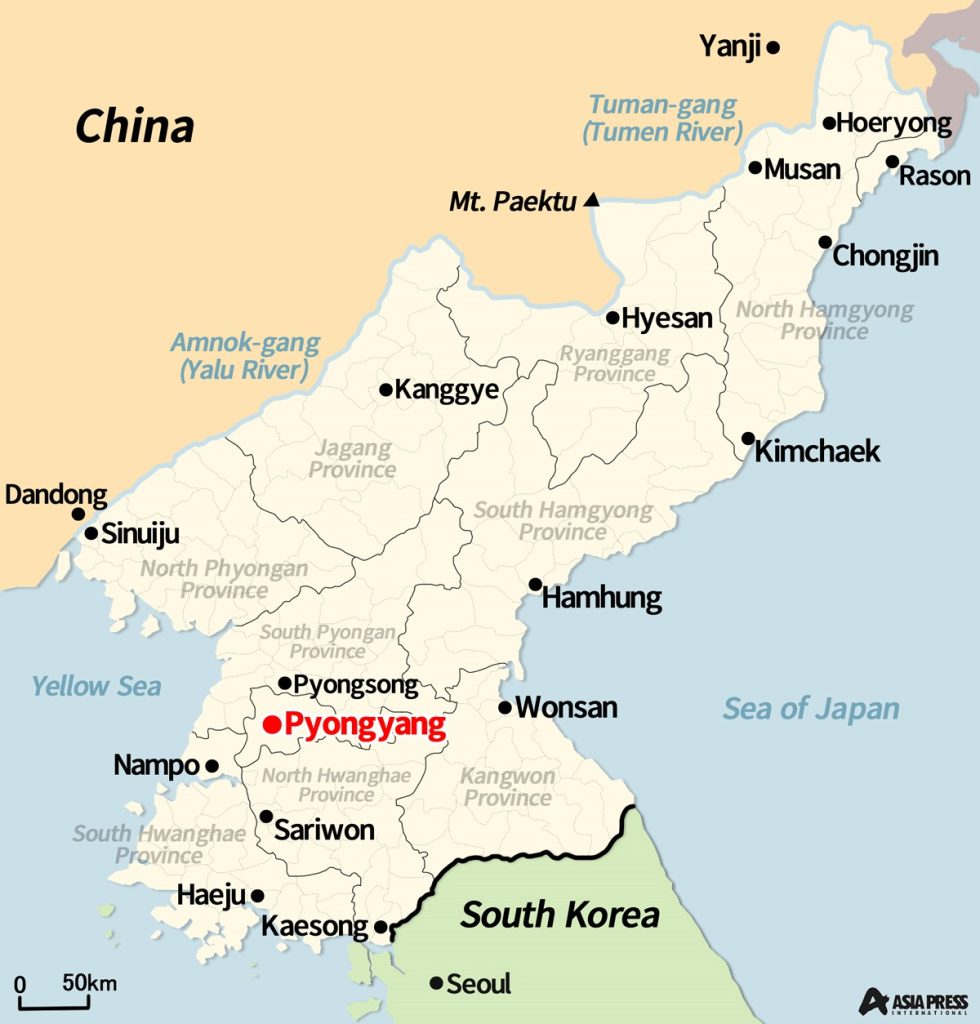
- <Latest Flood Damage Information> Recovery Work in Full Swing... But Mobilized Soldiers Begging "Please Give Us Food", Flood Victims Begin Life in Shelters
- <Video Interview> The Voice of a North Korean Woman (1): 'Only Officials Thrive, Others Struggle'...Facing starvation due to the border closure, people sell off their homes to survive
- <Inside N. Korea>The Expansion of Card Payments: Realities and Reliability? (1) Wages paid by card, which can also be used in state-run stores and markets
- <Inside N. Korea>Decreasing number of train riders leads to fall in train services…government focuses on using trains for freight transportation
- <Inside N. Korea>Army removes 'unification' phrase with paint, even removing 'sacred words' of Kim Il Sung and Kim Jung Il, confusing many poeple
